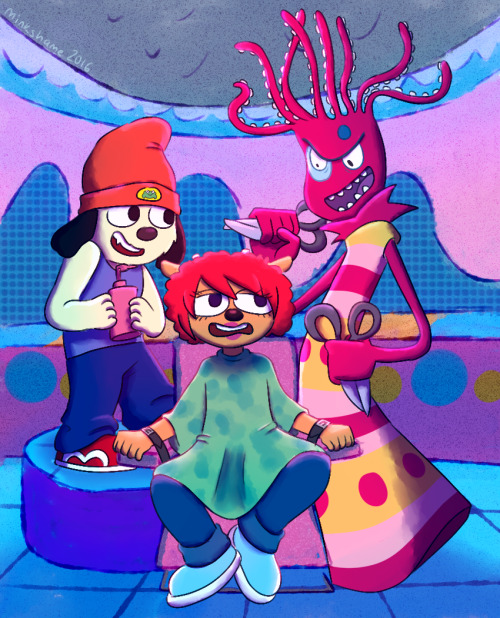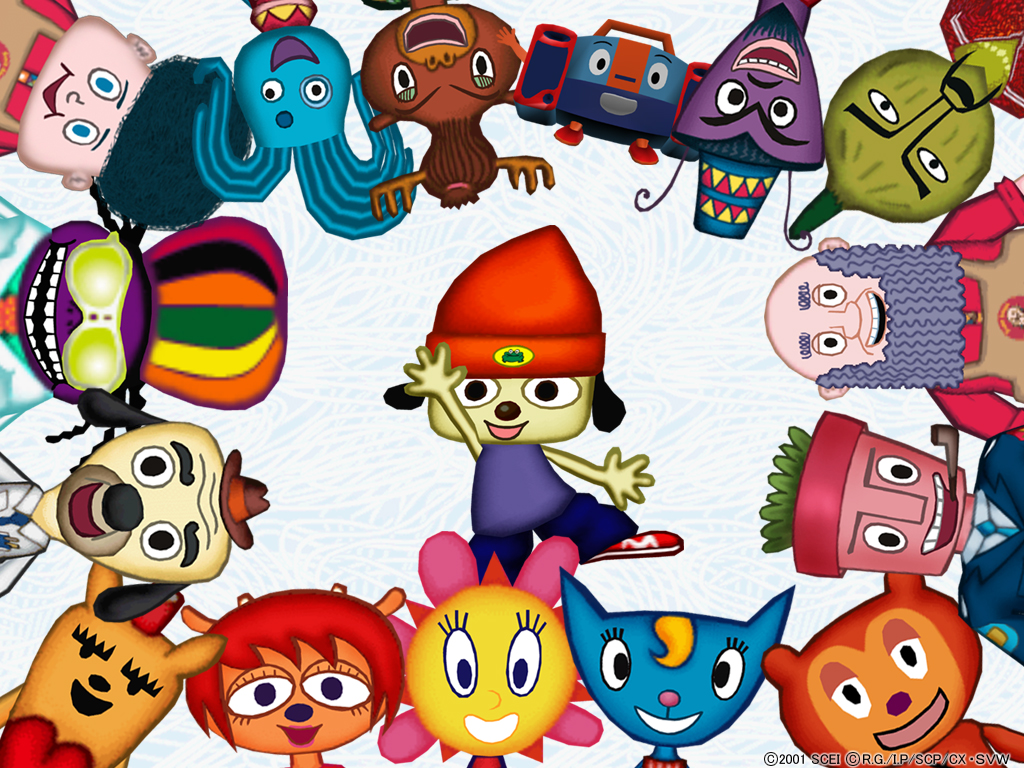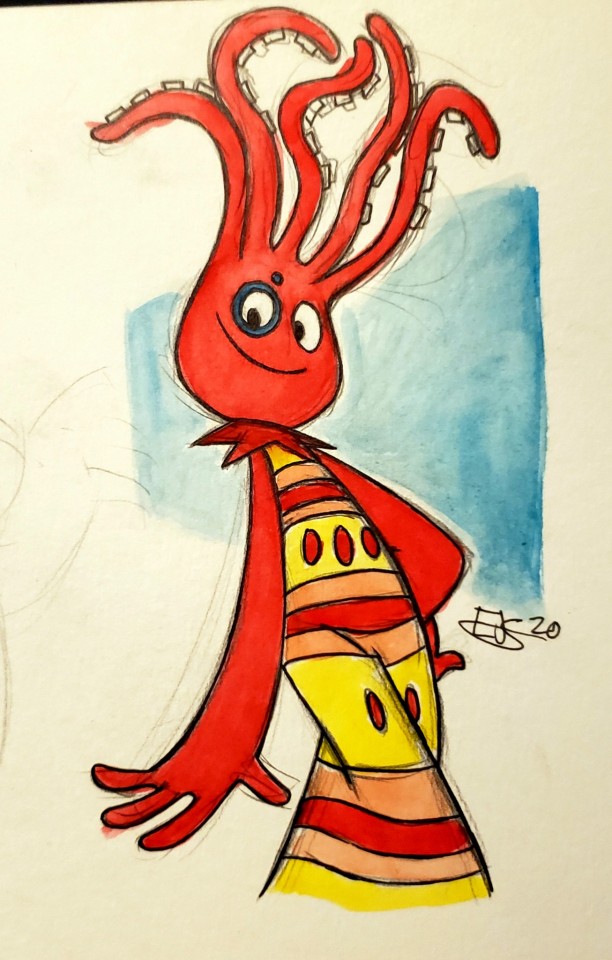


PaRappa 2‘s gameplay is the same as ever, but with a couple more tweaks to specific mechanics. Lammy and the other members of MilkCan pop up, too. The story also brings in Parappa’s father, who’s the inventory of a shrink ray that causes quite a bit of havoc, as well as Sunny’s dad General Potter, a high ranking member of the armed forces.

Parappa will learn how to make burgers thanks to the ghost of Beard Burger Master, learn love and wisdom with the help of Guru Ant, train for combat from the noodle menace with Instructor Moosesha (the sister of Mooselini from the first game), learns how to style hair with Hairdresser Octopus, and fights off the antagonist, Colonel Noodle. With his friends by his side, Parappa has to figure out what’s going on while proving to Sunny and himself that he’s a man. This becomes a problem when a noodle-themed dinner at Sunny Funny has him running off and being called a baby by Sunny, and then finding that every food is suddenly turning into noodles. Recently, Parappa won a lifetime’s supply of noodles from a contest, and has been forced to eat noodles so much that he can’t stand the sight of it. It’s just another PaRappa game, which is perfectly fine since that means it’s a fun time with excellent music and is even the most accessible of the three, but that also means there’s not much new going on.

They were all taking the concept and going in new directions with it, which might be why PaRappa the Rapper 2 saw such a muted reception at the time. By late 2001, the rhythm-action genre was making waves round the world, with Konami putting out about a dozen hugely popular Dance Dance Revolution, GuitarFreaks and DrumMania games, Enix publishing the cult classic Bust-A-Groove series, and even NanaOn-Sha creating the minimalist innovator Vib-Ribbon.


 0 kommentar(er)
0 kommentar(er)
